Alfred Nobel was born on October 21, 1833, and died on December 10, 1896. This Swedish inventor, chemist, engineer, and businessman made many significant contributions to science and technology. He is especially famous for inventing dynamite and leaving behind a large amount of money to create the Nobel Prizes. Throughout his life, Nobel held an impressive number of patents, totaling 355.
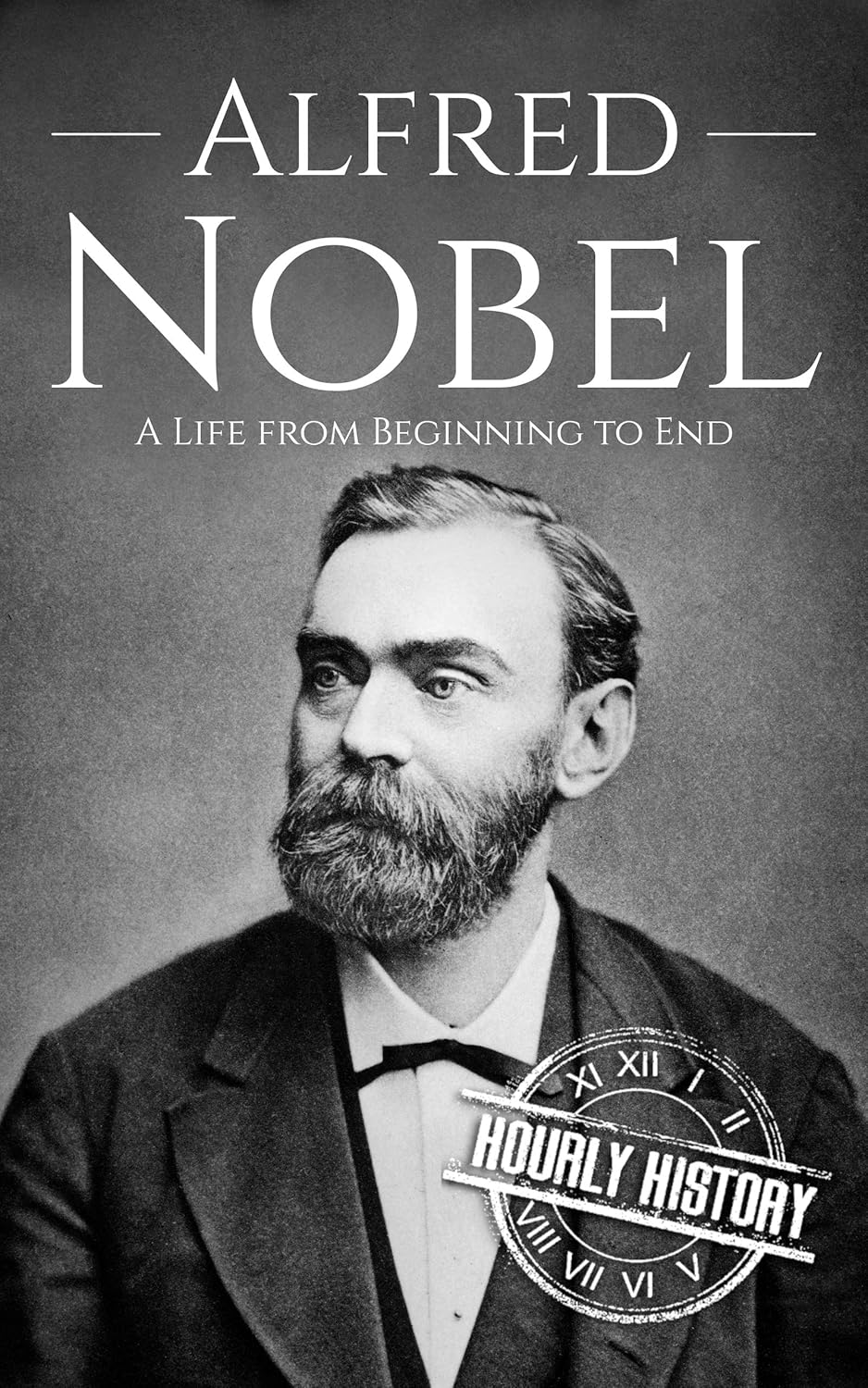
As a member of a well-known family, Nobel showed a natural talent for science and education from an early age, especially in chemistry and languages. By the time he was 24, he had learned six languages fluently and created his first invention. Working closely with his family, Nobel started many business ventures, one of which was Bofors, a company that produced iron and steel products, including cannons and other military equipment. He is most famous for inventing dynamite in 1867, an explosive made from nitroglycerin. Later, he developed two more inventions: gelignite in 1875 and ballistite in 1887.
When Nobel passed away, he left behind a fortune that he donated to a foundation. This foundation’s purpose was to fund prizes every year to honor people who had made the biggest positive impact on humanity. A special kind of element called nobelium was named after him, and his name is still remembered today in companies like Dynamit Nobel and AkzoNobel, which were formed when companies he started merged with other businesses. Before he died, Nobel became a member of a very important group called the Royal Swedish Academy of Sciences. As per his wishes, this academy would decide who received the Nobel Prize for physics and chemistry every year.
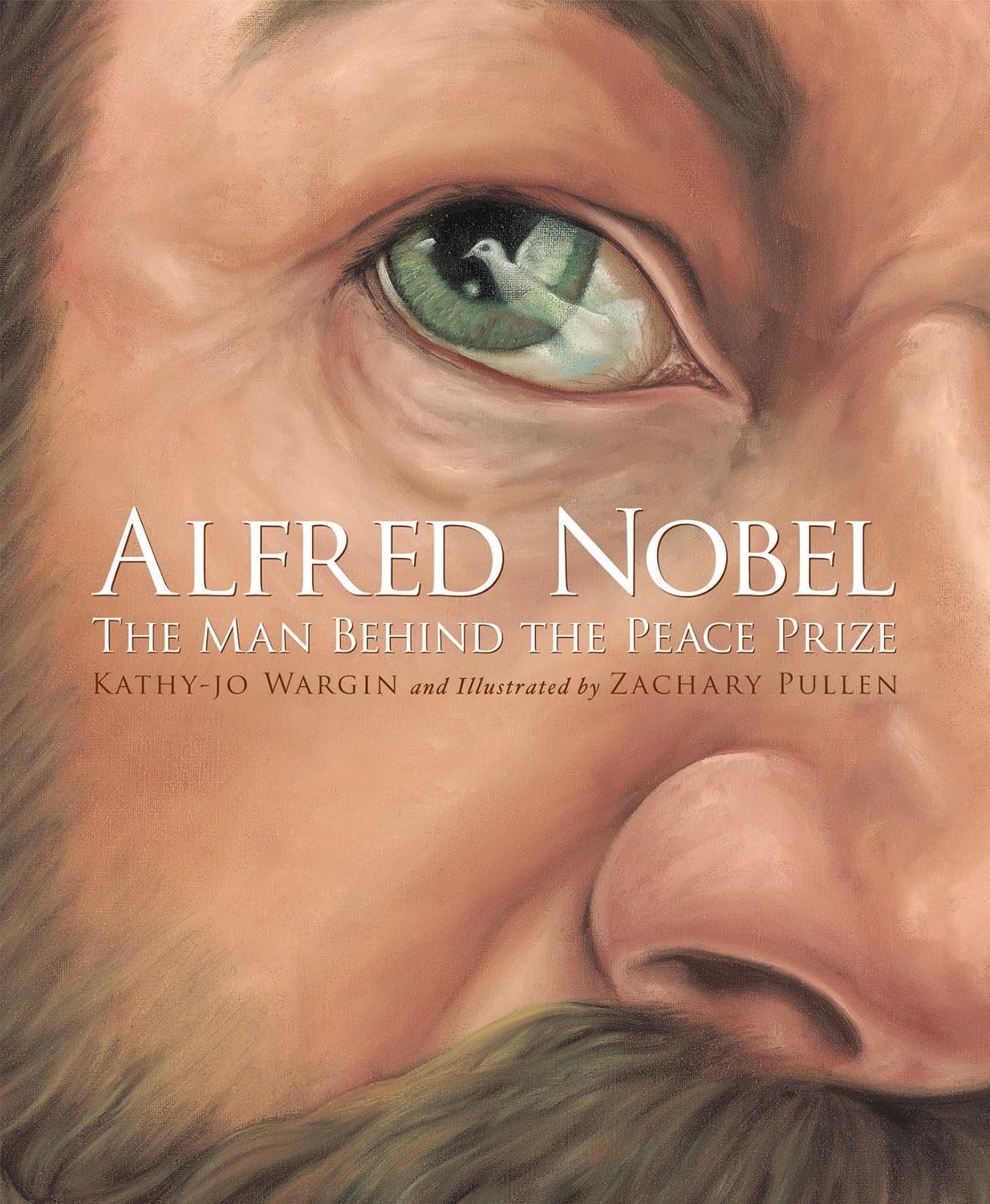
Early Life and Education Alfred Nobel’s birthplace, Norrlandsgatan in Stockholm
Alfred Nobel was born in Stockholm, Sweden on October 21, 1833. As the third son of Immanuel Nobel, a talented inventor and engineer, and Andriette Nobel (née Ahlsell), Alfred had eight siblings. His parents got married in 1827, but unfortunately, only Alfred and his three brothers survived childhood. Thanks to his dad, Alfred became part of a family with a long history of science. Through his father’s connections, Alfred learned about the Swedish scientist Olaus Rudbeck, who made important discoveries. Nobel’s father was very smart and went to the Royal Institute of Technology in Stockholm, where he studied engineering and built bridges and buildings. He also experimented with blasting rocks in different ways. As a child, Alfred’s dad encouraged him to learn new things and shared his knowledge with him.
In the 1850s, Alfred Nobel was young. When his father’s business failed due to lost barges of building materials, their family had financial problems. To escape this trouble, Nobel’s dad moved to Saint Petersburg, Russia, and started a successful company making machine tools and explosives. There, he invented something important – the veneer lathe. This tool helped create modern plywood. He also began working on the naval mine.
In 1842, Alfred’s family joined him in Saint Petersburg. When they were doing well financially, Nobel’s parents could afford to send him to private tutors. At these lessons, Alfred was excellent at his studies, especially chemistry and languages. He became fluent in English, French, German, and Russian. Before joining his family in Saint Petersburg, Nobel had only one year of schooling – 18 months at a school called the Jacobs Apologistic School in Stockholm from 1841 to 1842.
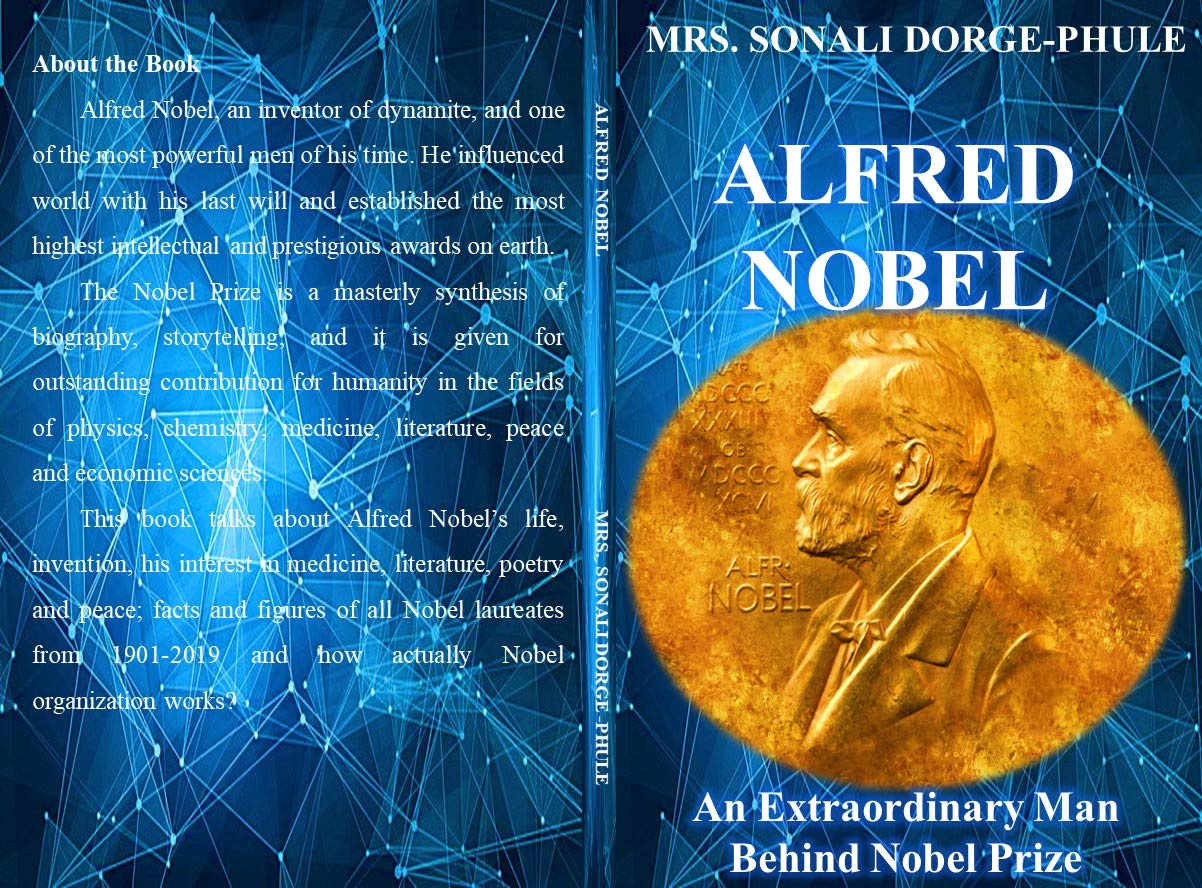
Nobel became very good at speaking and writing several languages, including Swedish, French, Russian, English, German, and Italian. He was also skilled enough to write poetry in English. His Nemesis is a play about an Italian noblewoman named Beatrice Cenci. The play was written while Nobel was dying, but most copies were destroyed right away after he died because they were considered too scandalous for people to read. Today, three of the original copies can still be found and have been translated into languages like Slovenian, French, Italian, and Spanish.
When Alfred Nobel was young, he studied chemistry with a scientist named Nikolai Zinin. Later, in 1850, Nobel went to Paris to learn more about chemistry. There, he met Ascanio Sobrero, who had made nitroglycerin three years earlier. However, Sobrero didn’t think nitroglycerin was safe because it could explode when heated or pressed too hard. On the other hand, Nobel became fascinated with finding a way to make nitroglycerin safer and more useful as an explosive; it was much stronger than gunpowder.
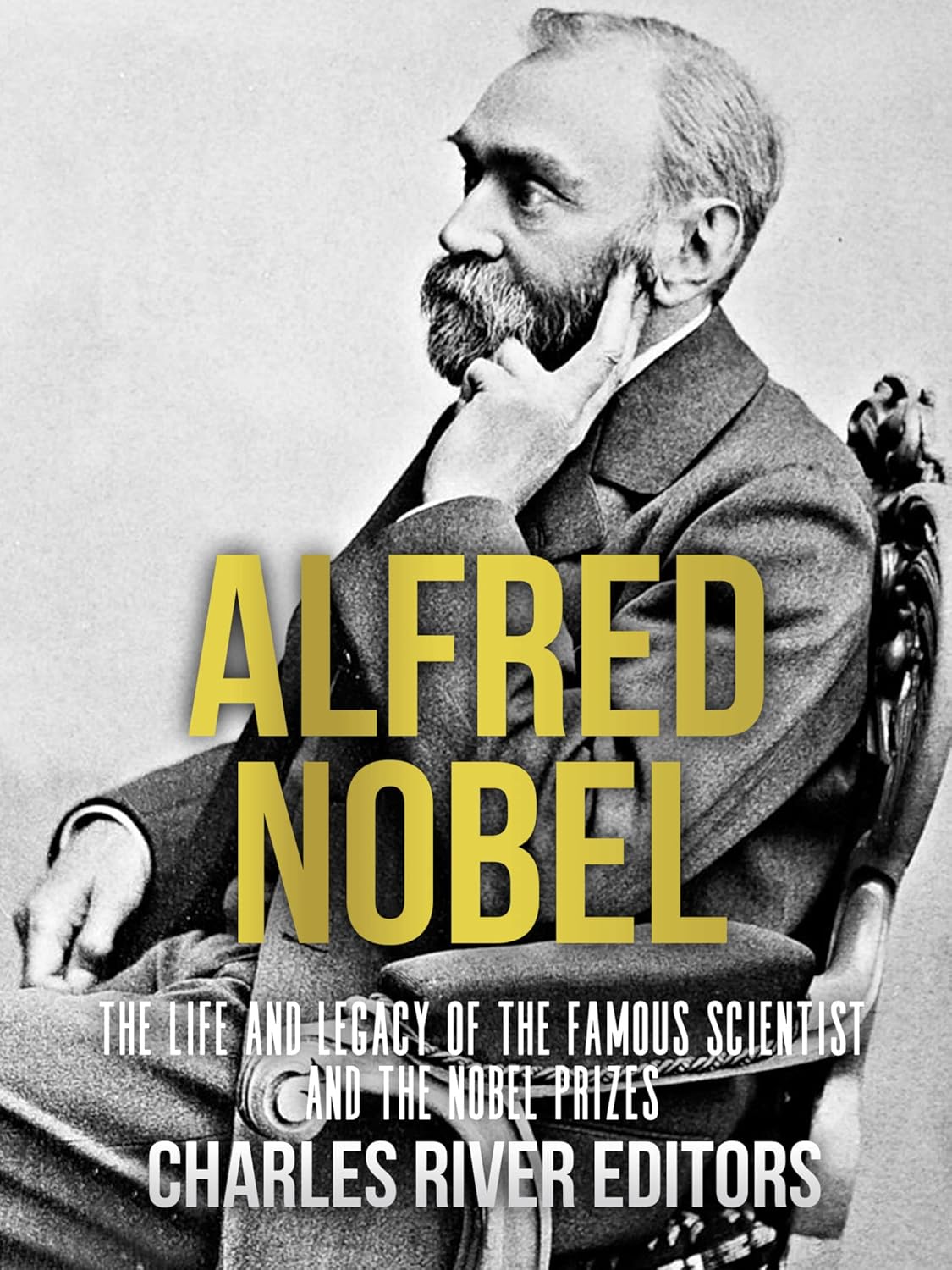
In 1851, when Alfred was just 18 years old, he traveled to the United States for one year to study. He worked briefly under a Swedish-American inventor named John Ericsson, who designed a ship called the USS Monitor that played a big role in the American Civil War. During this time, Nobel got his first idea for a new invention – an English patent for a device that measured gas.
Later, Alfred’s family factory made guns and other arms for the Crimean War (1853-1856). However, when the war ended and people stopped buying their products, the factory went bankrupt. In 1859, Alfred’s father took over the factory himself, but his son Ludvig did a great job improving it.
Alfred returned to Sweden with his family after they left Russia, and he focused on learning about explosives. He especially wanted to figure out how to make nitroglycerin safely and reliably. As a result, Nobel created a special device called a detonator in 1863, and then designed a blasting cap in 1865.
On September 3, 1864, a storage shed at a nitroglycerin factory in Heleneborg, Stockholm, exploded, killing five people, including Alfred Nobel’s younger brother Emil. As a result, Nobel lost his right to make explosives. The accident made Nobel want to find a safer place to work, so he started a new company called Nitroglycerin AB in Vinterviken. This way, he could still do his job without the risk of an explosion. Alfred Nobel then invented dynamite in 1867, which was more stable and easier to handle than nitroglycerin. Dynamite became very popular and was used all over the world for mining and building roads. Later, in 1875, Nobel created another explosive called gelignite, which was stronger and more powerful than dynamite. Finally, he patented ballistite in 1887, a precursor to cordite.
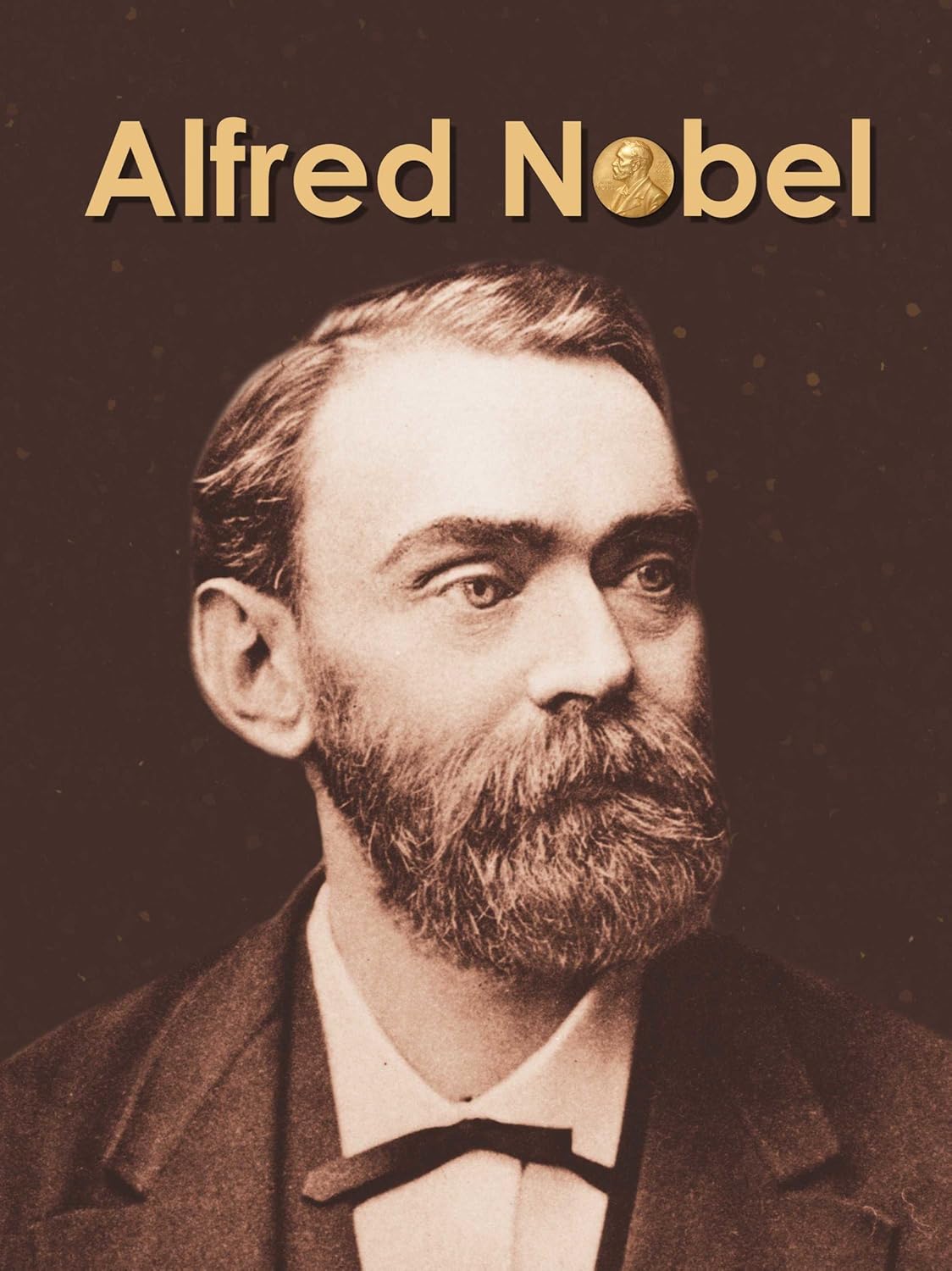
In 1884, Alfred Nobel was chosen as a member of the Royal Swedish Academy of Sciences, an organization that would later pick winners for two out of the five Nobel Prizes. A year earlier than this event Nobel received his honorary degree from Uppsala University in 1893. Nobel’s brothers, Ludvig and Robert founded their own oil company called Branobel and ended up getting very rich on their own. They invested a lot into these new oil fields which were mainly located in Baku, Azerbaijan, but also had operations in Cheleken, Turkmenistan. Throughout his life, Nobel was granted 355 patents around the world and by the time he passed away, his business had created more than 90 arms factories despite what many thought about him as a peaceful person.
The History of Explosives
Explosive materials are studied through this article: Dynamite, Gelignite, and Ballistite The person who made these substances famous is Alfred Nobel. He found that when nitroglycerin was mixed with an inert material like kieselguhr (a type of sand), it became safer to use and handle. This new mixture earned him a patent in 1867 and he named it “dynamite.”
Nobel first showed off his explosive at a quarry in Redhill, Surrey, England the following year. He wanted to improve his business’s reputation after some bad experiences with explosives that caused trouble. To do this, Nobel had considered calling the powerful substance “Nobel’s Safety Powder,” but decided on Dynamite instead. The name “dynamite” comes from the Greek word for “power.”
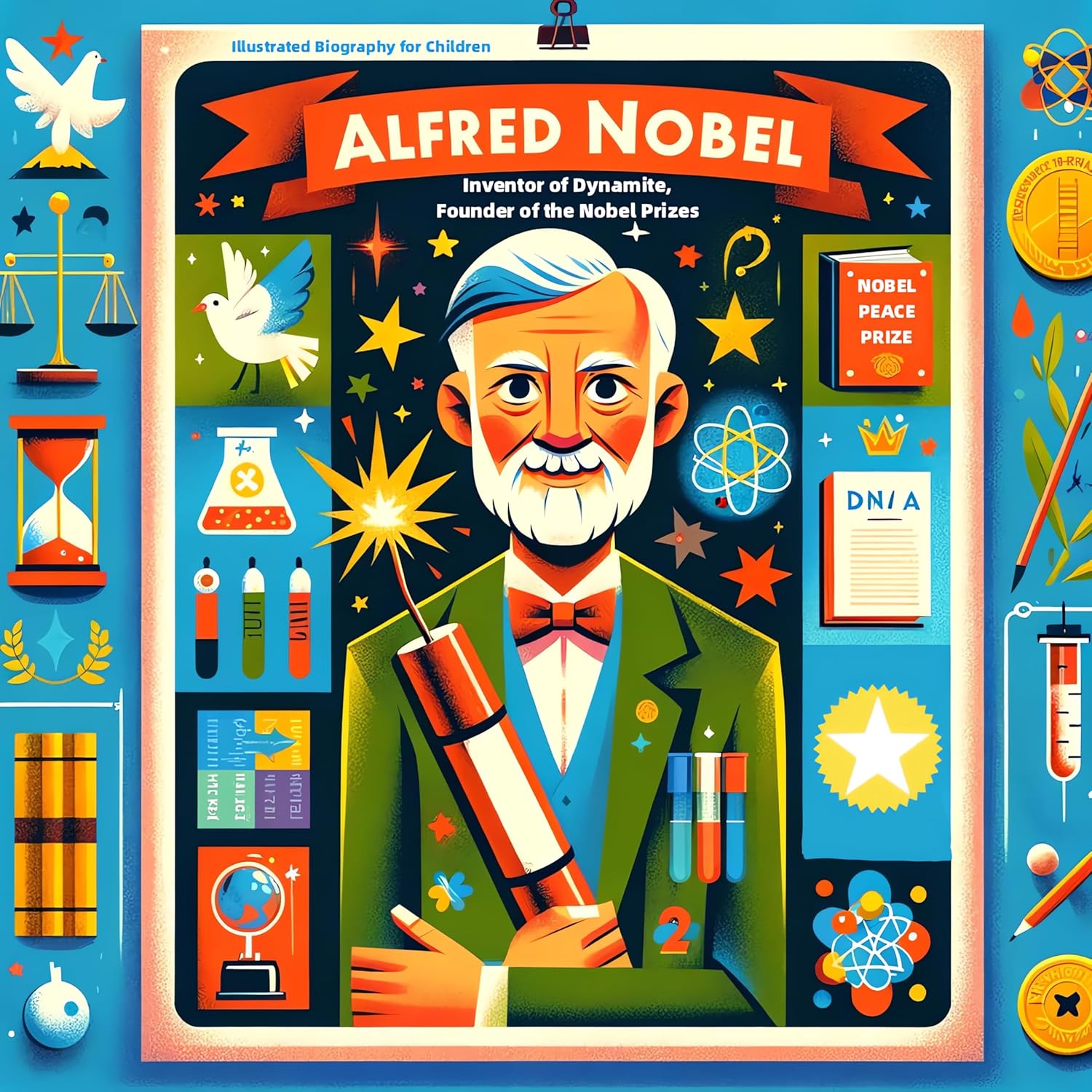
Nobel later mixed nitroglycerin with different types of nitrocellulose compounds, similar to collodion, but he came up with a better recipe that combined another explosive made from nitrates. He created a clear, jelly-like substance that was much stronger than dynamite. This new material, called blasting gelatin, was patented in 1876 and was followed by many other similar mixtures that were modified by adding potassium nitrate and other substances. Blasting gelatin was more stable, powerful, portable, and easy to use than the earlier compounds. It was widely accepted as the standard technology for mining during the “Age of Engineering,” which brought Nobel a lot of money but also took a toll on his health. As a result of this research, Nobel invented ballistite, the precursor to many modern smokeless powder explosives that are still used today as rocket fuel.
The origin story of the Nobel Prize is well-known, but some historians can’t verify its accuracy and think it might be made-up. A famous tale claims that Alfred Nobel’s brother Ludvig died in 1888, leading newspapers to write incorrect obituaries for Alfred instead. One French newspaper was particularly harsh, calling him out for inventing military explosives – a mistake that supposedly led Alfred to decide to leave the world a better legacy after he passed away. The obituary said something like, “The person who profited from making life easier for others is gone,” and then made a pretty scathing comment about Alfred’s business dealings. Nobel read this article and was shocked by how he was being described – it made him want to leave his money behind to create a prize that would honor the achievements of other people. However, some people are still questioning whether the obituary really existed in the first place.
On November 27, 1895, at a meeting in Paris, where he was a member of the Swedish-Norwegian Club, Nobel created his final will and decided to donate most of his wealth to create five special awards that would be given every year without any differences between people from different countries. After paying taxes and giving some money to individuals, Nobel left 94% of his entire fortune, which was worth about 31 million Swedish kronor, for these five prizes. By 2022, the organization behind the prizes had almost 6 billion Swedish Kronor in investments.
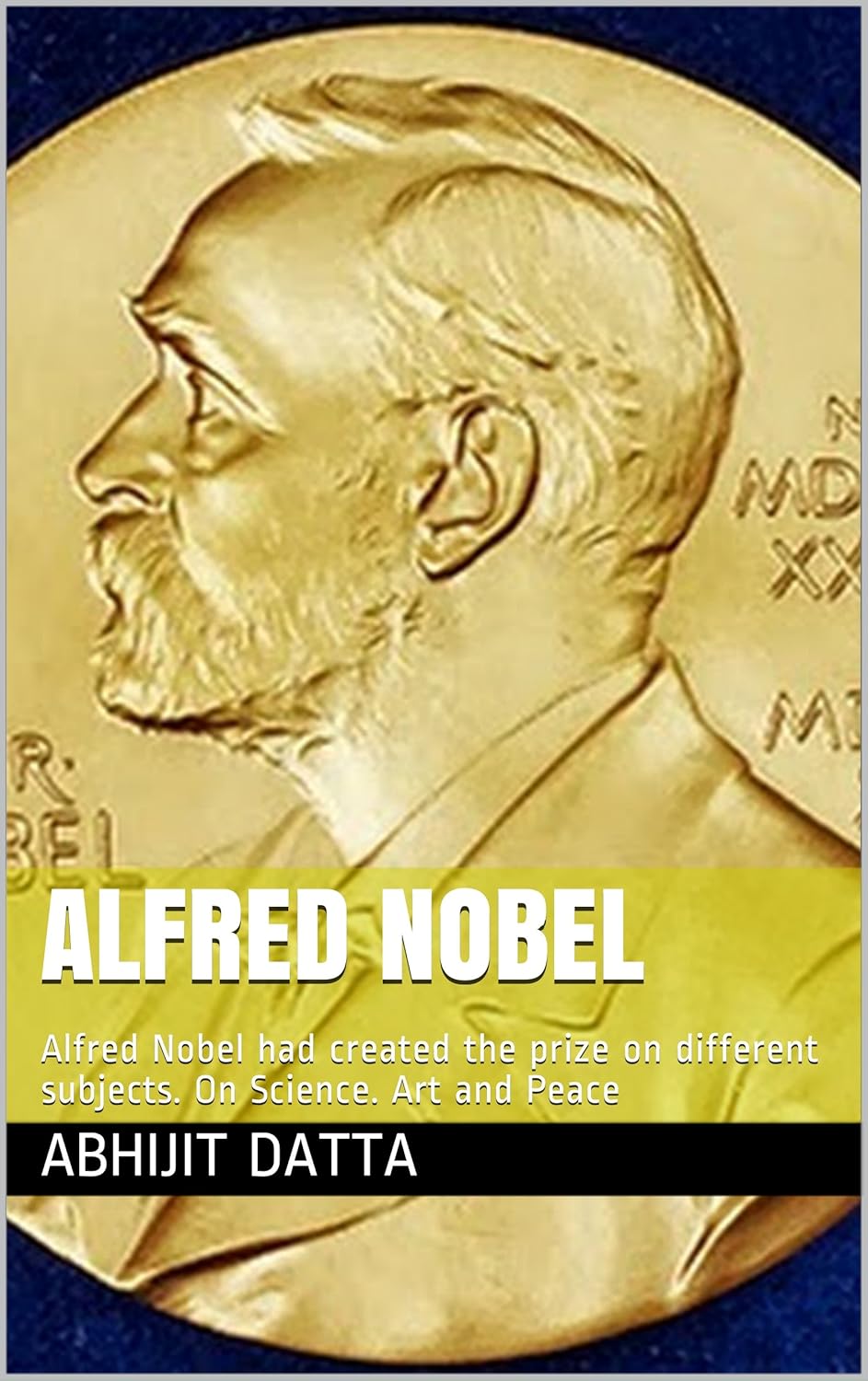
The first three awards are for outstanding achievements in physical science, chemistry, and medical research. The fourth prize is given to someone who has done an excellent job in a literary field that promotes good values. The fifth prize goes to whoever or whatever helps the most in promoting friendship among countries, reducing military forces, or setting up meetings to make peace better.
The way the Swedish Academy chooses the literary award that celebrates work “moving in an excellent direction” (i idealisk riktning in Swedish) is confusing and has caused problems for many years. For quite some time, the academy thought it meant “having idealist ideas” (idealistisk), which led them to deny the prize to famous but less romantic writers like Henrik Ibsen and Leo Tolstoy. This original interpretation has been changed, and now the award is given to authors like Dario Fo and José Saramago, who are not part of the group of idealistic writers.
There was some room for interpretation when it came to naming the people who would decide on prizes for physical sciences and chemistry awards. Since he hadn’t talked to them beforehand, he left the decision entirely up to them. In his will, he said that all the money should go towards discoveries or inventions in the field of physics and chemistry. He had opened up a new path by creating awards for technological advancements, but forgot to give clear rules on how to distinguish between scientific achievements and technology. As a result, the groups he chose were more focused on science than technology, which meant that scientists usually won the prizes rather than engineers, technicians, or other inventors.
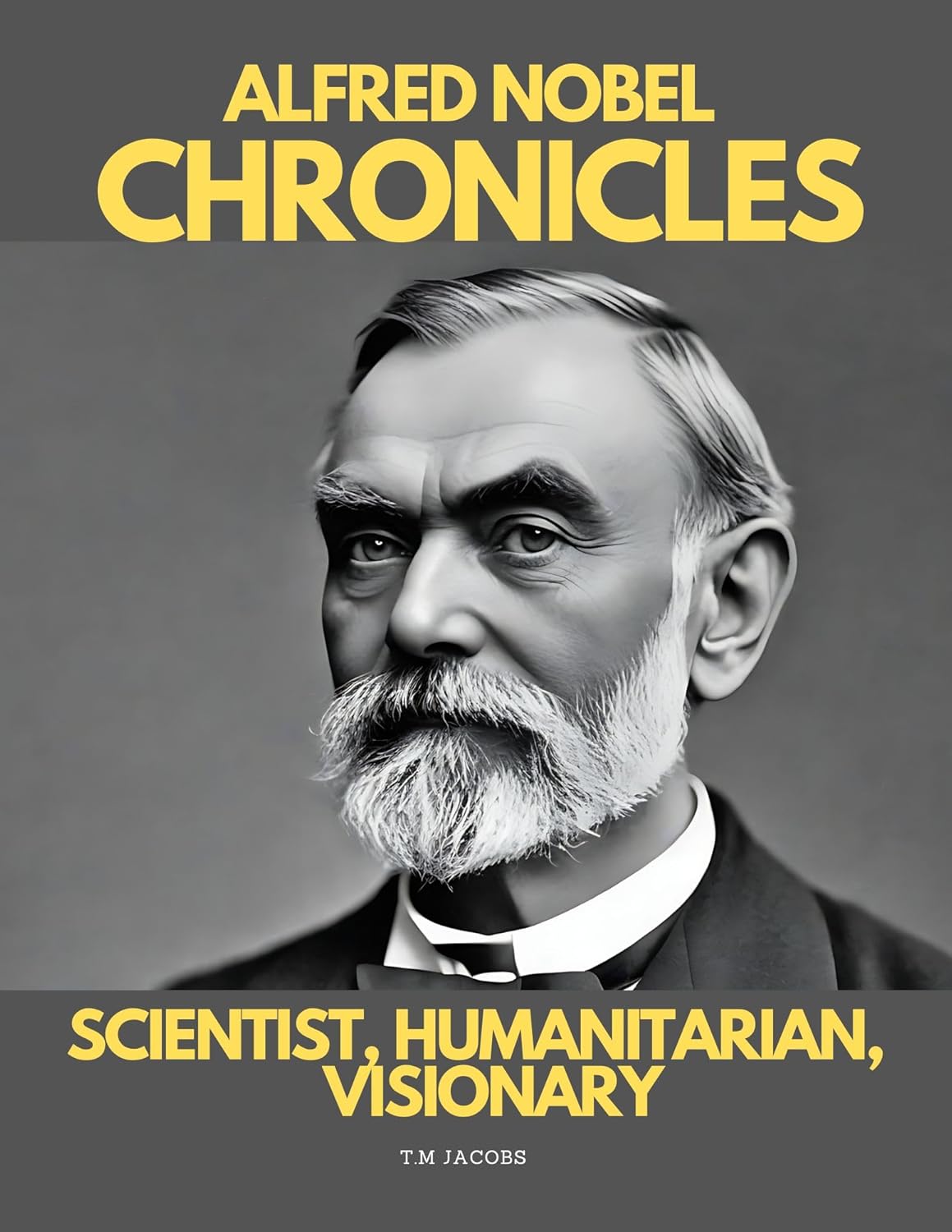
Sweden’s main bank, Sveriges Riksbank, celebrated its 300th birthday in 1968 by giving away a lot of money to the Nobel Foundation. The foundation used this money to create a new award to honor economist Alfred Nobel. Thirty years later, in 2001, Alfred Nobel’s great-great-nephew, Peter Nobel, asked the Bank of Sweden to make its economics prize special – different from the other five prizes already given out. This request made some people question whether the Economics Prize in Memory of Alfred Nobel is actually a real “Nobel Prize”.
Health problems and even death weighed heavily on Alfred Nobel’s life. At Björkborn Manor, where he lived in Karlskoga, Sweden, his death mask now serves as a reminder of his struggles. In letters to his lover, Hess, Nobel expressed feeling severely sick all the time, experiencing frequent and severe headaches, and being extremely tired, even exhausted. Some have suggested that these symptoms might have been signs of fibromyalgia. But back then, people didn’t take his concerns seriously, thinking he was just worried for no reason. This lack of understanding only made things worse, leading to even more sadness in Nobel’s life.
By 1895, Alfred Nobel had created a condition called angina pectoris.
In November 1895, he completed his last will and stated how he wanted his money to be managed after his death. Most of his inheritance was given to a trust, which would be used to pay out prizes to people who had done outstanding work in their field.
On December 10, 1896, something serious happened to him – he had a stroke that made it hard for his brain to work properly. This caused him to become partially paralyzed and ultimately led to his death at the age of 63. He is now buried in Stockholm’s Norra begravningsplatsen cemetery.
Some people think that because he was working hard on explosives, having a very busy schedule, and not feeling well towards the end of the 1870s, it might have led to him getting poisoned by nitroglycerine and dying at a young age.
Personal life and religion played important roles in Nobel’s life. As a Lutheran, he had strong faith in his early years, especially when he lived in Paris. During this time, he would often visit the Church of Sweden Abroad, led by pastor Nathan Söderblom. Söderblom won the Nobel Peace Prize in 1930. In contrast to his earlier beliefs as a teenager and young adult, Nobel became more skeptical of religion later on, eventually adopting an atheist view. Despite this, he continued to donate money to the church generously.
Nobel’s personal life and romantic relationships were marked by loneliness. Despite his famous status, he struggled with feelings of isolation and depression. He never got married, but his biographers have discovered that he had several serious relationships. One of his first loves was a girl named Alexandra from Russia, who sadly turned down his marriage offer.
In 1876, Countess Bertha von Suttner started working for him, but she didn’t stay long because she got married to another man named Baron Arthur Gundaccar von Suttner. Even though she only worked with Nobel for a short time, she kept in touch with him until his death in 1896 and probably helped decide on the Nobel Peace Prize. She was recognized with the 1905 Nobel Peace Prize award “for her genuine efforts to promote peace”.

Nobel’s longest-lasting romance was an 18-year relationship with Sofija Hess from Celje that started in 1876. At that time, Hess worked at a flower shop in Baden bei Wien that catered to rich people, while Nobel was 43 years old and Hess was just 26. What made their relationship special was the amount of letters Nobel sent to Hess over 15 years – a total of 221 letters. Unfortunately, the nature of their relationship became clear when Hess got pregnant with another man’s child. To avoid being shunned by society as an adulteress, she married the father of her child. Despite this, Nobel continued to financially support Hess until their eventual separation.
Hess was a Jewish Christian, and her faith played a role in the letters she exchanged with Nobel. The letters included comments from Nobel that many consider discriminatory towards Jewish people. When writing to Hess, Nobel also showed signs of chauvinism – making condescending remarks about her abilities and treating her poorly. For example, he once said something like, “You don’t do anything productive or intellectual” and made her feel guilty by saying, “I’ve sacrificed so much for you out of my own sense of honor.”
Alfred Nobel’s last home in Sweden was Björkborn Manor in Karlskoga.
Nobel traveled extensively throughout his business career, setting up companies in various European and American countries. For about 8 years from 1865 to 1873, he settled down in Krümmel, a town now part of the Geesthacht municipality near Hamburg. During this time, Nobel lived in a house on Avenue Malakoff in Paris from 1873 until 1891.
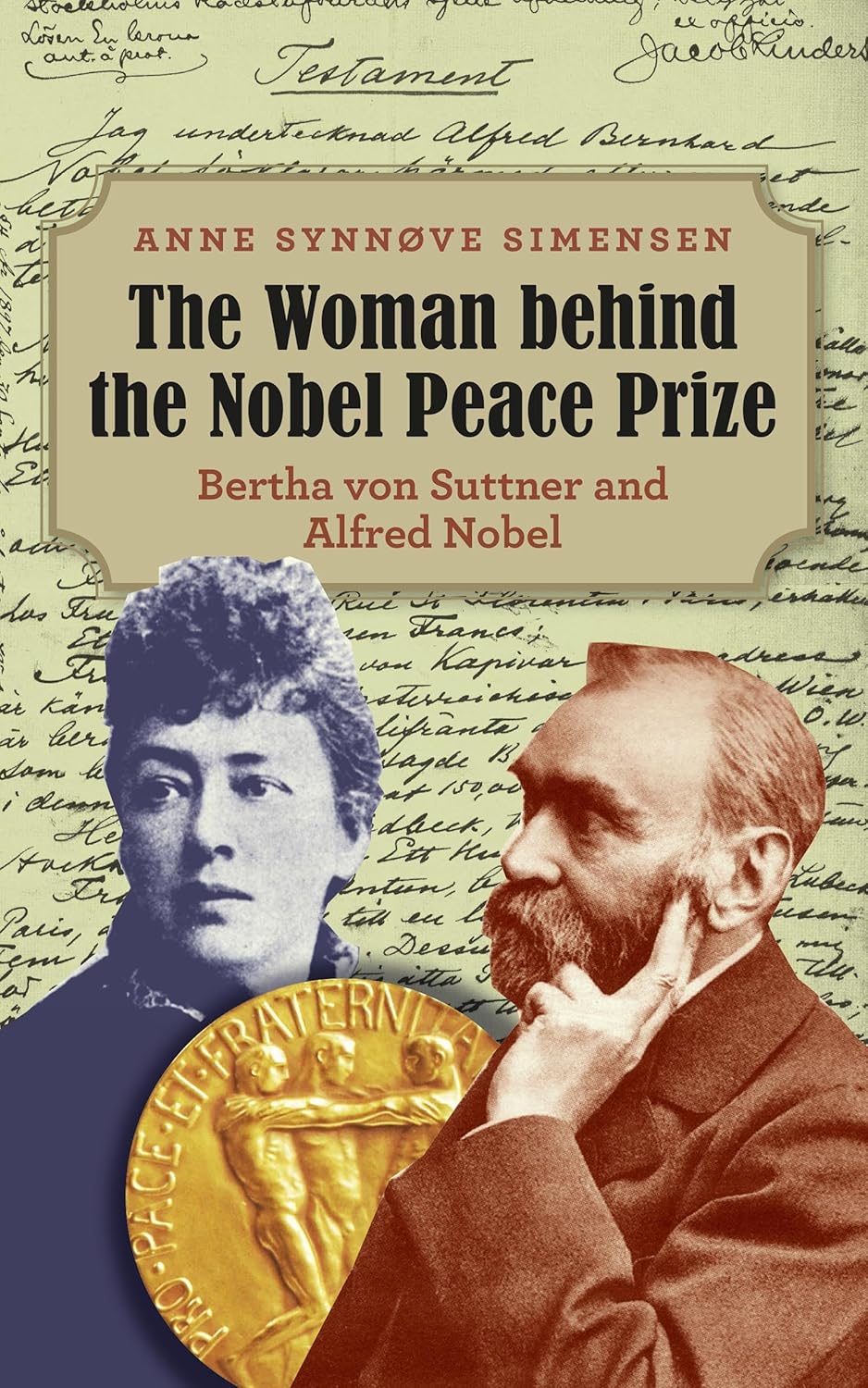
In 1891, Allesandro Bandi was accused of betraying France by selling Ballistite to Italy, so he had to leave Paris and move to Sanremo, Italy, where he bought Villa Nobel, a beautiful house with a great view of the Mediterranean Sea. He stayed there until his death in 1896.
In 1894, when he bought the Bofors-Gullspång company, he also took over the Björkborn Estate. He spent his summer vacations there and still lives on that property today. The estate has been turned into a museum now.
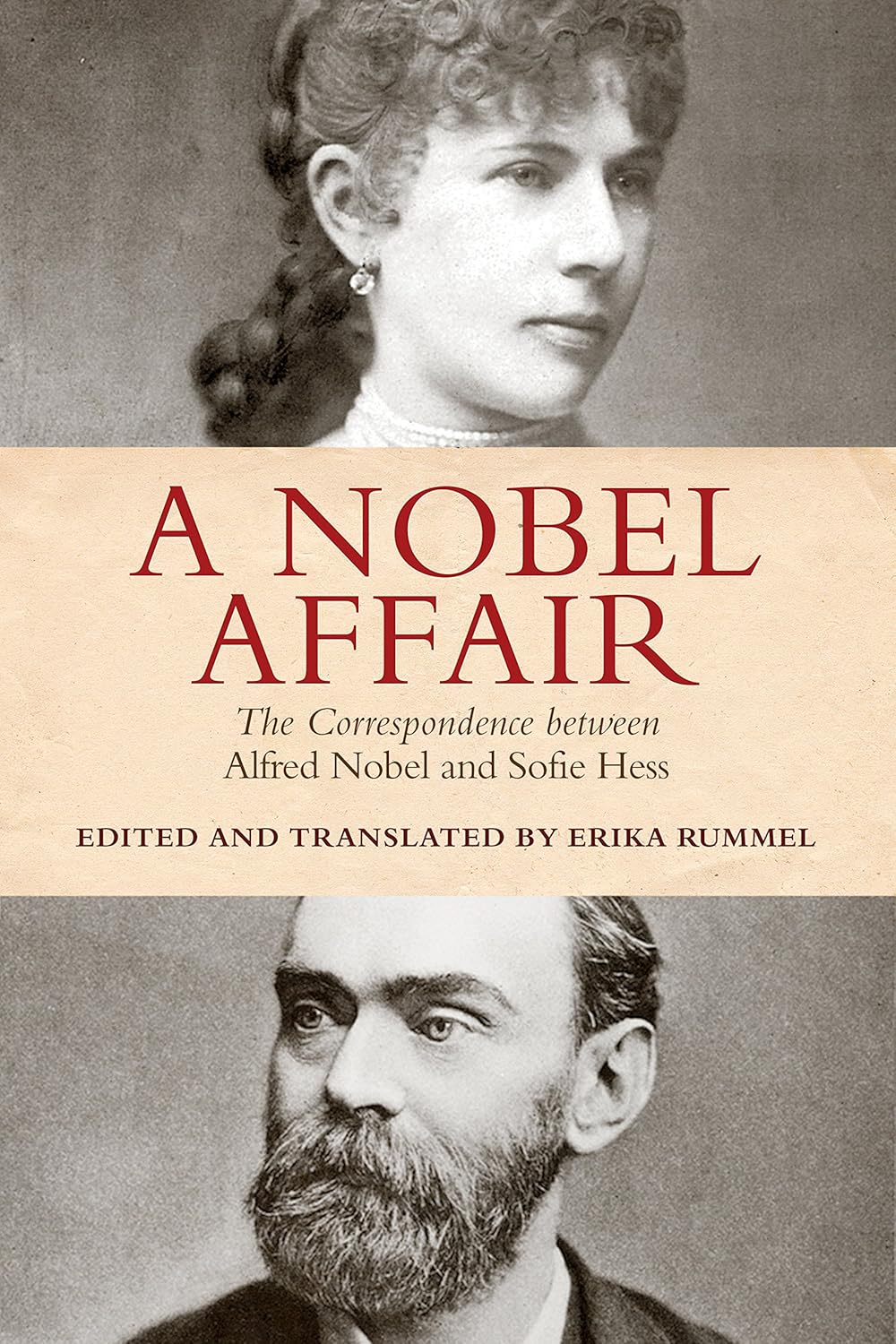
A monument dedicated to Alfred Nobel exists. It was named after Alfred Nobel who was a Russian-born inventor and chemist.
As an Amazon Associate, I earn from qualifying purchases.
- 19th Century (16)
- 19th Century Inventors (16)
- 20th Century (1)
- 20th Century Inventors (1)
Leave a Reply